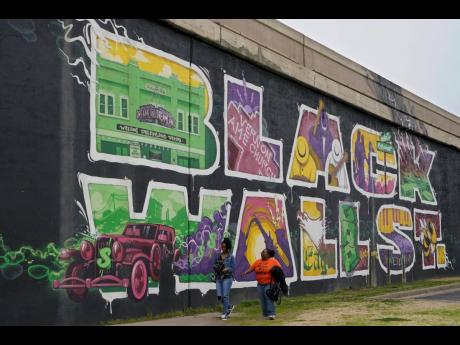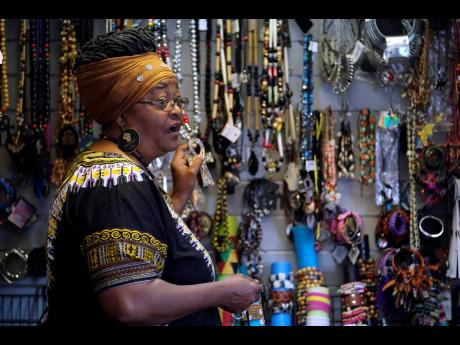A century on, Tulsa Race Massacre’s wounds still unhealed
TULSA, Oklahoma (AP):
The Black Wall Street Market is nowhere near Black Wall Street.
The original Black Wall Street vaporised 100 years ago, when a murderous white mob laid waste to what was the nation’s most prosperous black-owned business district and residential neighbourhood.
Billie Parker followed the trail of the city’s black population – roughly 10,000 black Tulsans in 1921. Displaced by the massacre, they would be pushed farther and farther north into what is unambiguously an underdeveloped and underserved section of the city today.
Parker started her own Black Wall Street Market in a ramshackle outpost on a three-acre lot abutting a two-lane road, a far cry from the booming city within a city that was Greenwood, with its black grocers, shopkeepers, doctors, lawyers, newspaper publishers and other businessmen and women.
“I say it’s time for us to put Black Wall Street out there,” Parker said.
The six miles between the old and new incarnations of Black Wall Street belie the dire connection that links them: Racial and socio-economic inequality on Tulsa’s north side has its roots in the 100-year-old atrocity of the Tulsa Race Massacre.
The question is: What can be done now to help it heal?


